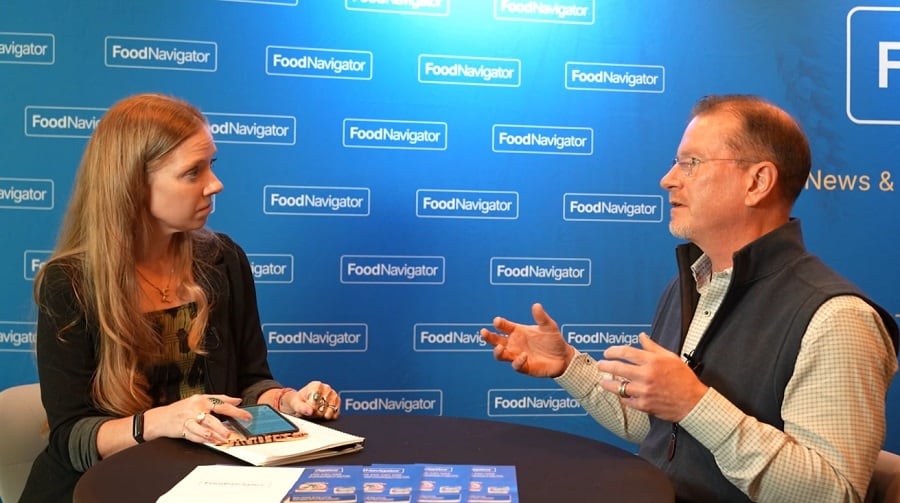Tariffs, shifting snacking behaviors and high intensity sweetener breakthroughs are pushing food and beverage brands to rethink pricing, innovation and consumer engagement strategies.
JM Smucker Co. is taking decisive action to mitigate rising costs tied to US tariffs by increasing prices across its coffee portfolio, which includes Folgers and Café Bustelo.
The company plans another coffee price increase in August – its fourth since June 2024 – to help offset the impact of a 10% US tariff on green coffee, which has reached record prices. The company sources approximately 500 million pounds of green coffee annually, mainly from Brazil and Vietnam, which Smucker CEO Mark Smucker described as their “largest exposure.”
Although these price hikes helped fuel an 11% rise in US retail coffee sales last fiscal year, overall profits remained flat due to rising commodity costs. Still, Smucker remains cautiously optimistic, citing resilience in at-home coffee consumption and strong performance from premium brands like Café Bustelo.
The company noted volume softness in key segments but held confidence that brand loyalty and home coffee consumption trends will help absorb some of the increases.
Read the full story here: Higher prices on the horizon as JM Smucker seeks to offset tariff impact
Protein, portion control and permission to indulge: What’s fueling snacking decisions
Snacking dynamics reveal a complex consumer psyche shaped by health goals, economic trade-offs and emotional eating, according to recent Circana data.
While overall snack frequency remains high, core snack dollar sales are down 1% year-to-date – suggesting shoppers are making more intentional choices.
Protein-packed snacks, portion-controlled formats and globally inspired flavor profiles are outperforming, reflecting a shift toward snacks that offer more for consumers. The trend also underscores growing demand for functionality and experience, especially among younger demographics. Brands are advised to innovate in format and flavor, while also addressing affordability, to stay competitive in a fragmented and fast-moving category.
Read full story here: Snacking trends: Protein, portion control and indulgence
Elo Life Sciences begins field trials for sustainable and cheaper high intensity sweetener
Food-tech company Elo Life Sciences has begun field trials for genetically engineered watermelons that naturally produce high levels of mogrosides – an ultra-sweet compound naturally found in monk fruit – aiming to introduce a natural high-intensity sweetener in juice and powder form as early as 2026. Elo claims its monk fruit molecule is 200–300 times sweeter than sucrose, but naturally rare and costly. By using molecular farming and data-driven plant genetics, Elo says it can use watermelons – an already scalable crop – to produce the sweetener more sustainably, affordably and locally.
The company also is pursuing FDA GRAS designation next year and expects two growing seasons to refine production, while actively seeking manufacturing, formulation partners and strategic investment to support commercialization.
Watch the full story here: Exclusive: New high intensity sweetener that rivals monk fruit moves closer to launch



